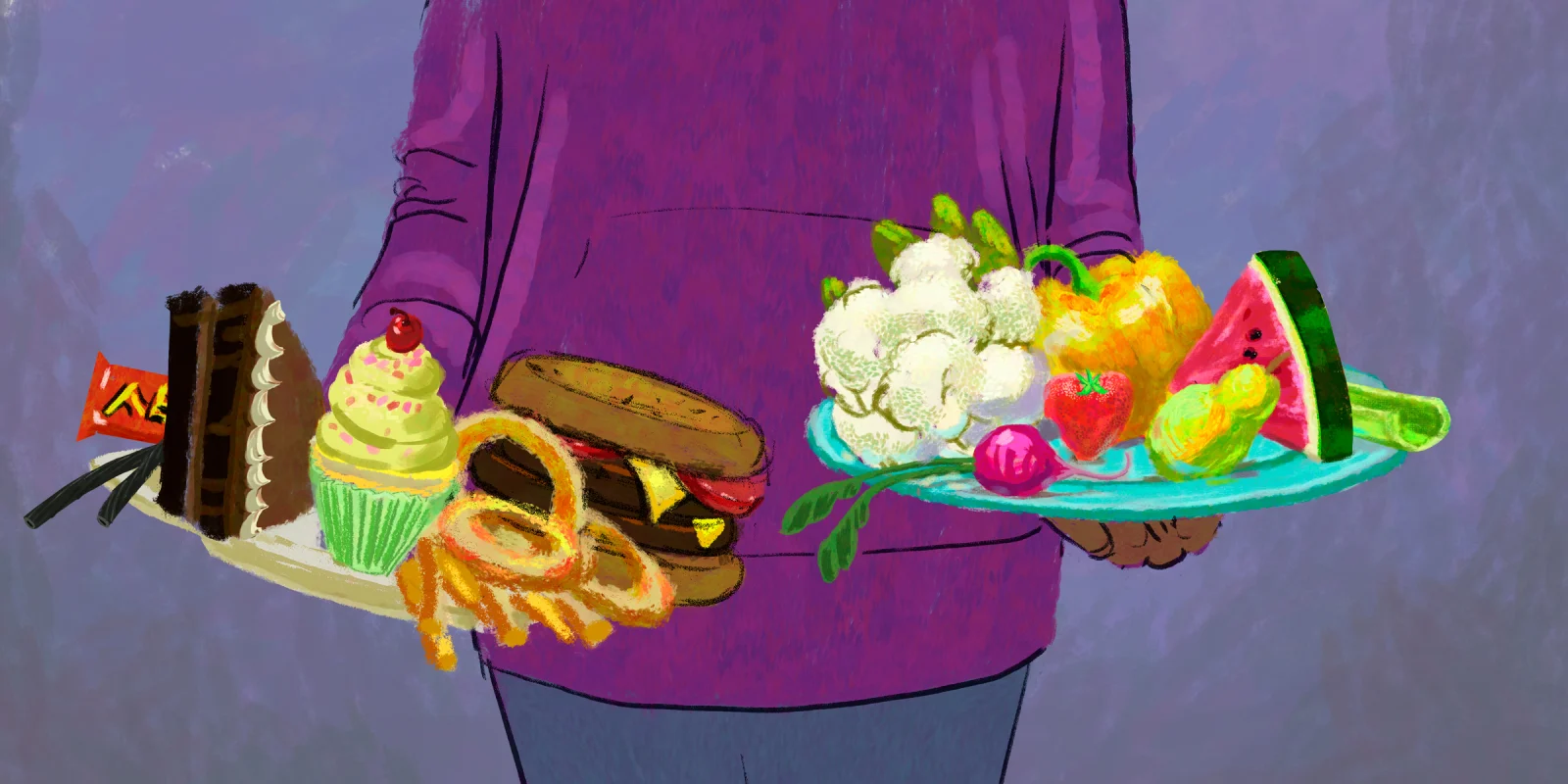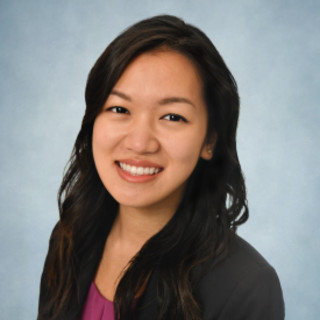Baking on a lazy Sunday afternoon is one of my favorite activities to decompress after a stressful week. Few things are more comforting than letting the scent of spices float around my apartment and taking the first bite of a chewy, soft chocolate chip cookie fresh out of the oven. As much as I love trying new recipes and flavors, I also enjoy pawning off my (usually edible) creations to friends and family. There is something inherently satisfying about a shared dining experience, especially when complemented by sparkling conversation and laughter.
It wasn’t until I met Patrick, however, that I fully appreciated the profound importance of eating. Patrick was a 57-year-old man who had undergone a total laryngectomy for throat cancer, and while his postoperative course was progressing well, his main complaint was that he was having issues swallowing soft foods. The holidays were rapidly approaching, and he was understandably frustrated that he could not happily enjoy his family’s annual Thanksgiving feast. Additionally, he had questions about what he should be eating to ensure adequate nutrition and vitamin intake, particularly in the context of chemoradiation therapy.
Whether we like it or not, we live in a food-centric culture, in a society that infuses eating into almost every social activity imaginable. From sampling a wedding cake to toasting at a celebratory lunch, the ability to eat is incredibly important to survival and quality of life. At the same time, there is an enormous amount of noise surrounding what to eat, how to eat, and even when to eat. Across multiple rotations, I found that many patients asked different iterations of the same question: What, exactly, is healthy eating? The answer, unfortunately, is complex and widely variable, depending on unique differences in physiology, metabolism, and personal goals. However, having a basic understanding of nutrition is important to provide comprehensive patient care.
In this age of information overload and social media, it can be challenging for even the health care professional to discern what proper nutrition entails. The internet promotes a plethora of interesting diets to lose weight, ranging from the curious carnivore diet to the unappetizing baby food diet. There are a variety of popular calorie tracking apps that divide foods into their macronutrient components with built-in social networking functions. Scrolling through my Instagram, I have noticed countless “What I Eat in a Day” videos with non-dairy, gluten-free, and vegan iterations. This increase in lifestyle guidance may be a response to rising adult obesity rates in the U.S., which have exceeded 40% in 2020. Amid a complex interplay of economic and social dynamics, increased access to inexpensive high-calorie foods, food insecurity, and reduced physical activity have all been cited as causes of the epidemic. There are numerous costly health risks associated with obesity, including Type 2 diabetes, coronary artery disease, sleep apnea, liver disease, and some forms of cancer.
During medical school, the importance of health maintenance is built into our curriculum and further reinforced during patient encounters. Anticipatory guidance about screening colonoscopies, pap smears, and even vaccine schedules are heavily tested in the form of shelf and board exams. We also extensively learn the molecular and biochemical pathways contributing to the development of metabolic syndrome and its negative sequelae. Yet, when it comes to nutrition, I have found that I am less certain about how to appropriately counsel patients, especially those with certain medical conditions. Prior to medical school, my notion of healthy eating was largely based on my mom’s advice: avoid the way-too-tempting smell of freshly baked brownies, make sure to eat enough greens (bonus points for including other colors of the rainbow), and do not dare to even look at anything deep fried in oil. My clinical advice is now largely based on the WHO’s recommendations, which are to eat at least five servings of fruits and vegetables, and to limit sugar, salt, and saturated fat intake. But when I counsel patients, they often have lingering comments and questions.
“What can I eat to improve my HDL?”
“It’s so hard to eat that many servings a day …”
“So, what do you think about the Mediterranean diet?”
Nutrition advice should be tailored to individual needs, particularly for those patients managing lifestyle-related chronic disease, or for those with health conditions that require special nutrition considerations. Beyond patient care, promoting a healthy diet from sustainable food systems has a direct impact on global ecosystems and population health as a whole. Unfortunately, graduating medical students report inadequate nutrition training and knowledge to effectively support and counsel patients in clinical practice. In 2010, as few as 27% of medical schools met the minimum 25 required hours of nutrition instruction, a finding further confirmed by a recent systematic review.
Some schools are addressing this need through interactive opportunities, ranging from hands-on cooking courses to canvassing of local grocery stores to better understand food cost. Still, increasing efforts to incorporate nutrition knowledge via more structured and standardized training can help medical students adapt to healthier lifestyles while also better preparing them to appropriately counsel patients. The persistent gap in education might also be addressed by institution-wide requirements for a focused curriculum with required competency exams on providing nutrition and wellness advice to standardized patients. Funding to support research and community engagement projects can encourage trainees to develop innovative solutions to address nutritional needs and promote patient well-being.
Armed with this new understanding, I wish I could speak with Patrick again. I would highlight the importance of adequate calorie intake but also brainstorm creative ways that he might enjoy his favorite foods and flavors. More importantly, I would encourage him! I would tell him that with creative problem-solving, and despite a few limitations, he could absolutely enjoy his holiday meals. And, in future years, after speech therapy and with time, he could ultimately look forward to returning to his traditional Thanksgiving dinner with loved ones — and to savoring every bite of his wife’s famous pumpkin pie.
Do you feel well-equipped to advise your patients on diet and nutrition? Share your thoughts in the comments.
Originally from Chicago, Beatrice is currently a fourth-year medical student at the University of Pennsylvania Perelman School of Medicine interested in applying into otolaryngology. As an avid painter and artist, she is interested in the intersection of art and medicine, particularly within the context of improving surgical care and patient education. Outside of medicine, she enjoys cooking, drawing, powerlifting, and trying new restaurants in Philly. Beatrice is a 2020–2021 Doximity Op-Med Fellow.
All names and identifying information have been modified to protect patient privacy.
Illustration by Jennifer Bogartz







